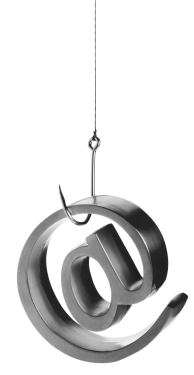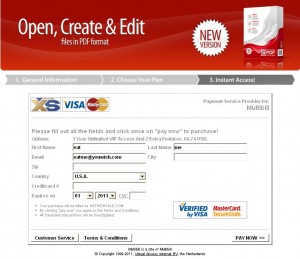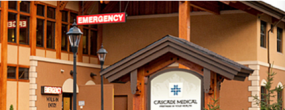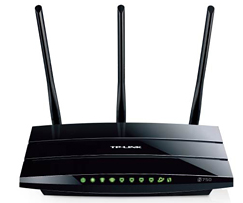Lost amid the media firestorm these past few weeks about fraudsters turning to Apple Pay is this stark and rather unsettling reality: Apple Pay makes it possible for cyber thieves to buy high-priced merchandise from brick-and-mortar stores using stolen credit and debit card numbers that were heretofore only useful for online fraud.
 To understand what’s going on here, a quick primer on card fraud is probably in order. If you’re a fraudster and you wish to walk into a Best Buy store and walk out with a big screen TV or xBox console on someone else’s dime, you’re going to buy “dumps,” which are data stolen straight off the magnetic stripe on the backs of cards.
To understand what’s going on here, a quick primer on card fraud is probably in order. If you’re a fraudster and you wish to walk into a Best Buy store and walk out with a big screen TV or xBox console on someone else’s dime, you’re going to buy “dumps,” which are data stolen straight off the magnetic stripe on the backs of cards.
Typically, dumps are stolen via malware planted on point-of-sale devices, as in the breaches at brick-and-mortar stores like Target, Home Depot and countless others over the past year. Dumps buyers encode the data onto new plastic, which they then use “in-store” at retailers and walk out with armloads full of high-priced goods that can be easily resold for cash. The average price of a single dump is between $10-$30, but the payoff in stolen merchandise per card is often many times that amount.
When fraudsters want to order something online using stolen credit cards, they go buy what the crooks call “CVVs” — i.e., card data stolen from hacked online stores. CVV stands for “card verification code,” and refers to the three-digit code on the back of cards that’s required for most online transactions. Fraudsters buying CVVs get the credit card number, the expiration date, the card verification code, as well as the cardholder’s name, address and phone number. Because they’re less versatile than dumps, CVVs cost quite a bit less — typically around $1-$5 per stolen account.
So in summary, dumps are stolen from main-street merchants, and are sought after by crooks mainly for use at main street merchants. CVVs, on the other hand, are stolen from online stores, and are useful only for fraud against online stores.
Enter Apple Pay, which potentially erases that limitation of CVVs because it allows users to sign up online for an in-store payment method using little more than a hacked iTunes account and CVVs. That’s because most banks that are enabling Apple Pay for their customers do little, if anything, to require that customers prove they have the physical card in their possession.
Avivah Litan, a fraud analyst with Gartner Inc. explained a blog post published earlier this month that Apple provides banks with a fair amount of data to aid banks in their efforts at “identity proofing” the customer, such as device name, its current geographic location, and whether or not the customer has a long history of transactions with iTunes.
All useful data points, of course, unless the iTunes account that all of this information is based on is hijacked by fraudsters. And as we know from previous stories on this blog, there is a robust trade in the cybercrime underground for hijacked iTunes accounts, which retail for about $8 per account.















